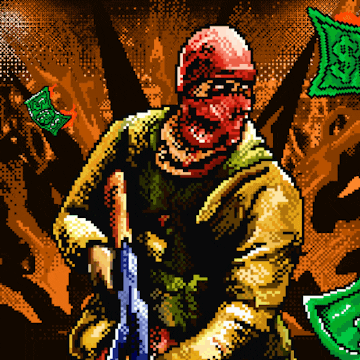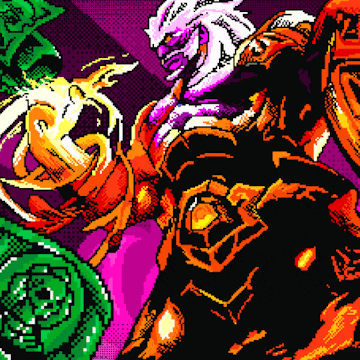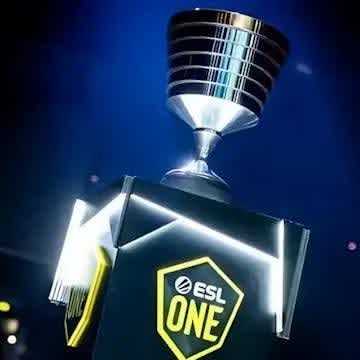Best-of-ones must go from competitive CS2
I can’t believe we’re still having this discussion in 2024.
Say what you will about the BLAST Premier format, at least all matches are best-of-three. Meanwhile, the biggest tournament in the competitive Counter-Strike space, including its all-important qualifiers that determine the fate of the sticker money, still stink up the space with some single-map affairs, made even worse by dodgy seeding and the shift from MR15 to MR12. All justifications are flimsy, and the practice should be ended as soon as possible.
We knew for a while that the first CS2 Major would feature mostly the same format as past ones, and we watched careers get wrecked by it in the RMRs, so it seems like another round of pitchforking may be in order.
The best-of-one-problem
We all want worthy teams to qualify for the biggest events and for upsets to have real meaning. There is a reason why all big sports operate with a large sample size, be it in or outside the match: multiple sets in tennis, tons of races and laps in F1, and double round-robin brackets in football leagues.
In Counter-Strike esports, this is guaranteed by multi-map series and the utilization of the entire competitive map pool. You can only test the depth of the playbook by going the distance, and a red-hot streak from an individual player can’t carry you past the finish line in a long series.
Single-map series have always been of dubious competitive quality, but with the changes made to match length (and the lack of economy adjustments) in CS2, things are even worse. The open skyboxes and the more potent utility make antistratting even more viable than it was before, and the low number of rounds makes snowballing from a pistol win even more critical than in the CS:GO days.
Side selection also plays a larger role, especially on one-sided maps, and the combination of these factors makes comebacks even more difficult than they otherwise would be. Couple this with some dodgy seeding in the wider tournament, and we are guaranteed a bad time.
Without general gameplay adjustments made to accommodate the new MR12 system, it’s the competitive format that needs to align with the new realities.
I don’t care about your broadcast schedule
Then again, what’s the point of banging on about this? No one has ever really suggested with a straight face that there is any competitive justification of best-of-one matches, either in CS:GO or CS2. No, the story is always the same: waaah waaah, we can’t schedule a long series with an unpredictable length!
Has anyone ever seen live sports before? Rain delays and red flags, time added on and five-setters, deuce after deuce in multiple meanings of the word: it’s the cost of doing business and part of the drama that makes it all so exciting.
I’ll even grant you the cynical take – esports is an entertainment product, first and foremost, not a cauldron of competition. But surely we can all see that the results and brackets produced by early best-of-one matches aren’t entertaining to watch? Upsets are rightly seen as flukes and are rarely borne out by future rounds of play, early stumbles are punished incredibly harshly (which is especially notable once the top teams come in cold in the second Swiss stage against squads that already survived their baptism of fire). It leaves too many questions and what-ifs hanging and diminishes the accomplishments of an underdog run.
Of course, this discussion is somewhat rendered moot by the shortened playtime per map to begin with, making the presence of best-of-ones even less excusable today than before. When the third-party tournaments put up by BLAST and ESL have more robust ways to determine seeding and qualification, something is wrong. Something has been wrong for over a decade now.
CS2’s first Major will be a spectacular affair, but it will be diminished by the high-variance series that start it off. Back in November 2013, the first CS:GO Major featured a GSL-style double-elimination group stage with best-of-one matches, with an eight-team best-of-three playoffs bracket to follow. The whole event was over in three days. Despite all the improvements we’ve seen in the space since then, I can’t believe we’re still talking about this in 2024. The prestige of the Major deserves better.
Photo by Stephanie Lindgren via PGL






